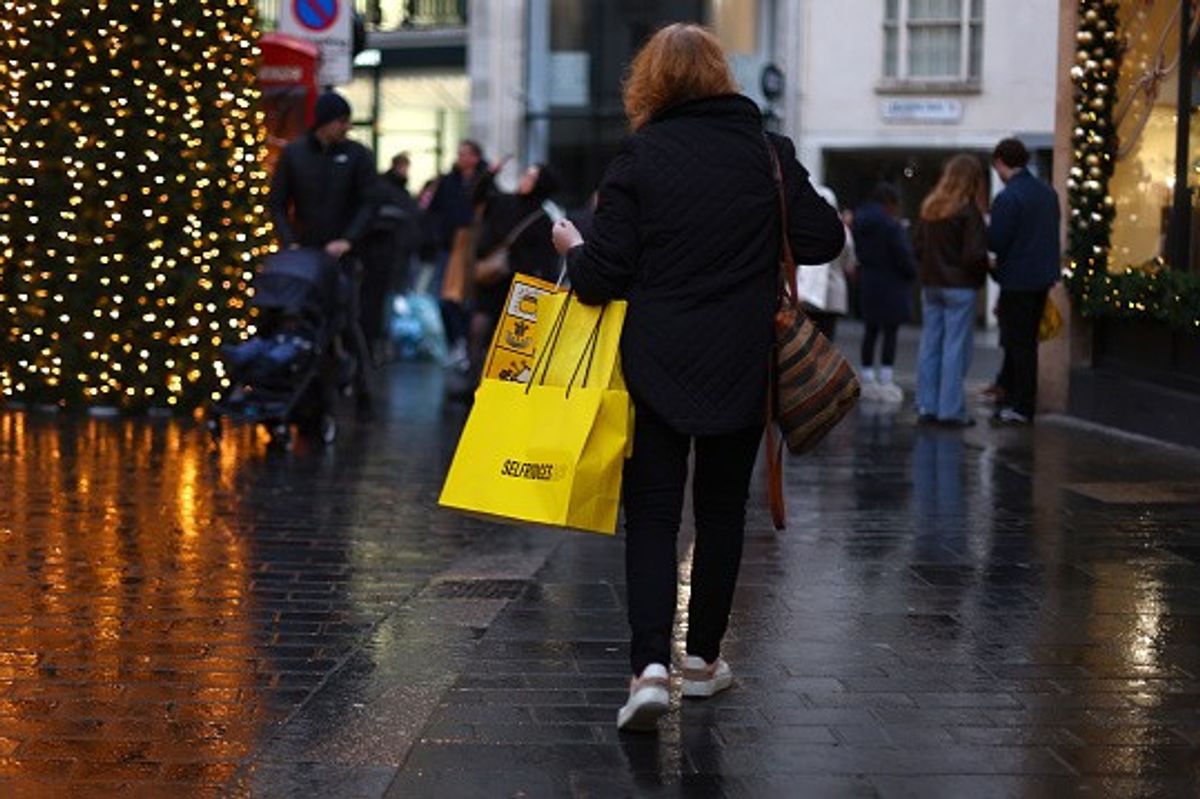Retailers could find themselves facing a New Year spending squeeze as public confidence in the state of the economy took a nosedive, show recent industry data.
According to BRC-Opinium data released today (23), consumer expectations over the next three months of their personal financial situation remained at -3 in December, the same as in November.
Confidence in state of the economy worsened to -27 in December, down from -19 in November. Confidence on personal spending on retail also fell while confidence in personal spending overall dropped to +11 in December, down from +17 in November.
Helen Dickinson, Chief Executive of the British Retail Consortium, said, “Public confidence in the state of the economy took a nosedive, falling 8pts to -27.
"This created a widening gap between expectations of the economy and of people’s own finances, which remained unchanged. Perceptions were heavily skewed by age, with 18 to 35 year olds considerably more upbeat than older generations on both questions.
"The public’s spending intentions – both in retail and beyond – dropped 6pts, with expectations of spending in nearly every retail category falling. If these expectations are realised, retailers could find themselves facing a New Year spending squeeze just as they unveil their January sales.
“The weak spending intentions could pave the way for a challenging year for retailers, who face being buffeted by low consumer demand and £7bn of new costs from the Budget set to hit the industry in 2025."
Dickinson added that with sales growth unable to keep pace, retailers will have no choice but to raise prices or cut costs – closing stores and freezing recruitment.
"To mitigate the impact this will have on growth, Government must ensure that its proposed business rates reform does not result in any shops paying higher rates than they already do," she said.


